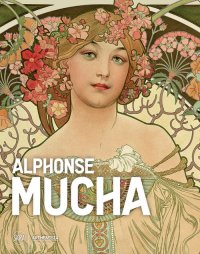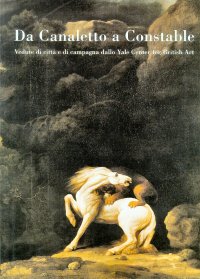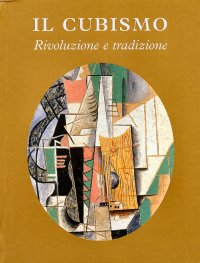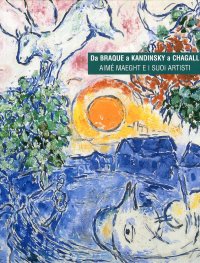Alphonse Mucha
Firenze, Spedale degli Innocenti, October 30, 2023 - February 28, 2024.
Edited by Sato T.
Milano, 2023; hardback, pp. 208, 100 col. ill., cm 24x28.
cover price: € 35.00
|
Books included in the offer:
Alphonse Mucha
Firenze, Spedale degli Innocenti, October 30, 2023 - February 28, 2024.
Edited by Sato T.
Milano, 2023; hardback, pp. 208, 100 col. ill., cm 24x28.
FREE (cover price: € 35.00)
Thomas Gainsborough (1727-1788)
Ferrara, Palazzo dei Diamanti, June 7 - August 30, 1998.
Ferrara, 1998; clothbound, pp. 244, 98 b/w ill., 90 col. plates, cm 23x30.
FREE (cover price: € 55.00)
Da Canaletto a Constable. Vedute di Città e di Campagna dallo Yale Center For British Art
Ferrara, Palazzo dei Diamanti, February 25 - May 20, 2001.
Ferrara, 2001; paperback, pp. 198, 60 col. plates, cm 23x30.
FREE (cover price: € 44.93)
Il cubismo. Rivoluzione e tradizione
Ferrara, Palazzo dei Diamanti, October 3, 2004 - January 9, 2005.
Ferrara, 2004; paperback, pp. 311, b/w and col. ill., 90 numbered col. plates, cm 23x31.
FREE (cover price: € 50.00)
Miró. La terra
Ferrara, Palazzo dei Diamanti, February 17 - May 25, 2008.
Ferrara, 2008; paperback, pp. 224, 68 b/w ill., 82 col. ill., col. plates, cm 23,5x30,5.
FREE (cover price: € 47.00)
Da Braque a Kandinsky e Chagall. Aimè Maeght e i Suoi Artisti
Ferrara, Palazzo dei Diamanti, February 27 - June 2, 2010.
Translation by Archer M.
Ferrara, 2010; paperback, pp. 192, b/w and col. ill., tavv., cm 23,5x31.
FREE (cover price: € 47.00)
Astro-Medicine. Astrology and Medicine, East and West
Sismel - Edizioni del Galluzzo
Edited by Akasoy A., Burnett C. and Yoeli-Tlalim R.
Tavarnuzze, 2008; paperback, pp. XII-277, cm 17x24.
(Micrologus library).
series: Micrologus library
ISBN: 88-8450-300-0 - EAN13: 9788884503008
Languages: 
Weight: 0.9 kg
The underlying framework is clear when the human body itself is regarded as being a 'little world' (microcosm) which corresponds in all its parts to the world as a whole (macrocosm). The association between human anatomy and the stars is found already in ancient Egypt and was later incorporated into Greek medical theory. A similar correlation was made in ancient China, with its system of Yin-yang and the five agents. Horoscopic astrology was already developed by the Babylonians who believed that the planets could determine the physiognomic characteristics of the child. Similar traditions exist in the medieval Islamic world.The concept of time as the element that links the human being with the cosmos already appears in the earliest Indian text on medicine, the Atharva Veda, and achieves its most elaborated form in the Buddhist tantric treatise of the Ka¯lacakra. The significance of the cycles of the moon, in particular, for the development of a disease, lies at the heart of the theory of 'critical days', which was espoused by doctors from Classical Antiquity into the early modern period.There was always criticism of being guided by astrology, especially on the grounds that certain practices were superstitious rather than rational. In the Indian context, the crucial question is that of the role of karma. Even in modern times the classical systematisation of personality types, based on a synthesis of astrological and medical concepts, has continued to inspire psychologists and educationalists.

Baia grande. La pialassa Baiona ultima frontiera per una valle salmastra
Konrad. Per quanto un'oca allunghi il collo non diventerà mai un cigno













